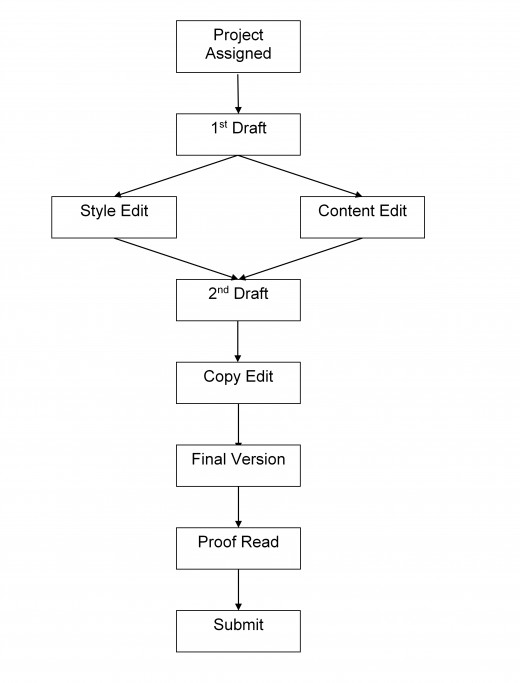Tendering - Review your response
Sending out a tender without reviewing it is just asking for trouble. It may have errors and typos that make it look unprofessional or it may contain promises that you really did not mean to make, costing you a bundle. If you find, at the end of a tight schedule, that you do not have sufficient time to review your work fully, you need to pay more attention to your project planning.
The aim of this Hub is to provide a few suggestions to consider when reviewing your tender.
“Review your work. You will find, if you are honest, that 90% of the trouble is traceable to loafing.”
Ford Frick - Journalist
Overview
Review of your work should not be confined to the short window of opportunity just before submission. Like any Quality Assurance it needs to be a philosophy as much as a process and should permeate the project from start to finish. It is equally important to remember that there are two distinct aspects of your response that need to be checked; content and style. While it is essential to go through your own work and make it as good as you can, you should never rely on yourself to catch everything. After spending time on the same document, you begin to read what it should say, not what it actually says. It is important for your document to be reviewed by a third party.
Style
Style refers to the more visual aspects of the document. During the planning phase, decisions would have been made concerning the layout, font type and size and document structure. Often this will be in response to specific requirements of the tender or an internal corporate style guide. During this phase, spelling and grammar should also be checked.
Content
The content of a document is what gives it its real value. Window dressing is important as it presents a professional appearance but it is the message that the reader really wants to see. Ideally, this review should be carried out by the subject matter experts (SME) and they should look at it in terms of completeness and correctness. SMEs should be briefed that they are not to waste time and get distracted by looking at the style. That is not their role. Let them know that the author is working to style guides and specifications that they may not be aware of.
Correcting
Once all the mark-ups on both the style and content have been returned to the authors they can begin correcting their original documents. There are a number of points that should be considered:
- Authors should create a new version of the document and leave the original untouched
- Reviewers should go through their mark-ups with the authors. They may have a valid reason why they did something the way they did.
- Authors should not feel that they have to blindly accept every comment given. They should be prepared to justify their actions
- Authors should tick-off each correction as they go to ensure none are missed
- Reasons why a comment was not acted upon must be recorded
Workflow
Your workflow should be spelled out in your documentation plan. Everyone involved must know what the process is and what their particular responsibilities are. The following suggested workflow will work with many documentation projects. Be sure to specify the following in your documentation plan for each of the activities:
- Personnel assigned
- Responsibilities
- Start and end dates
- How documents are shared
Workflow




